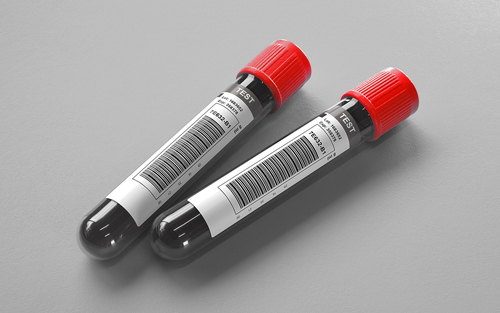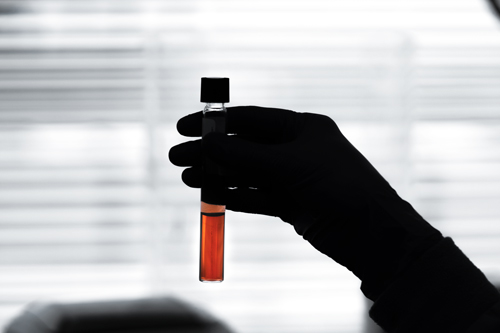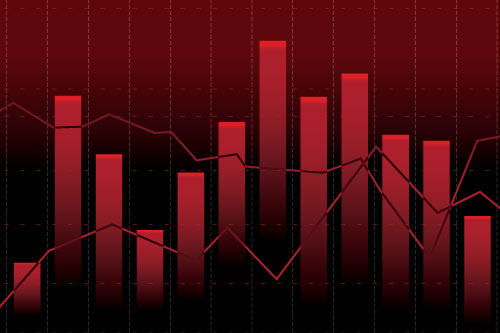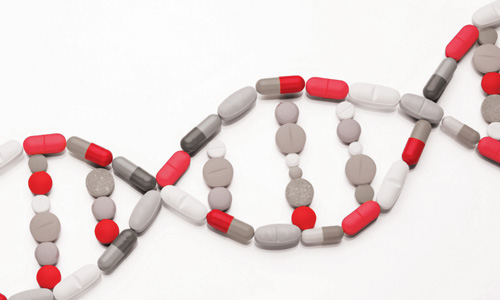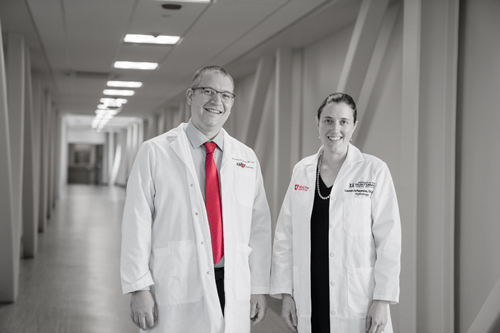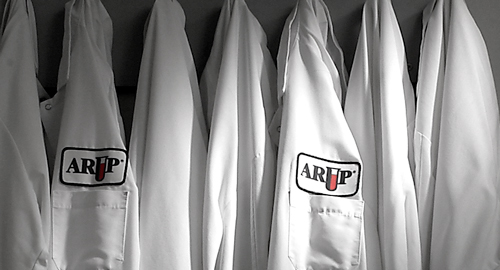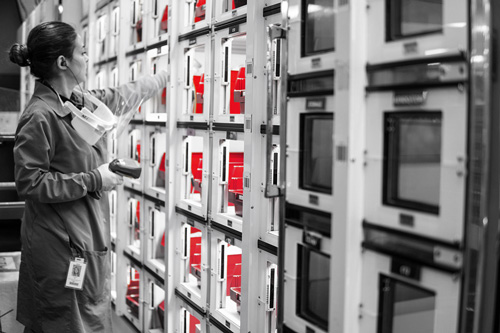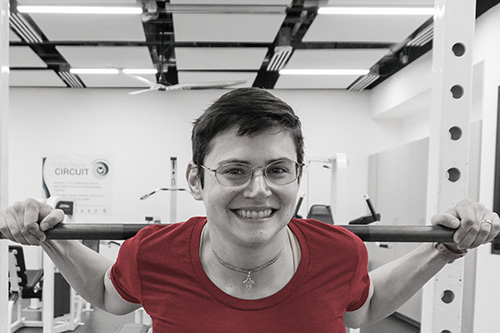Skip to main content
Changhong Xing, MD, PhD
Medical Director: Anatomic Pathology
Assistant Professor (Clinical), University of Utah School of Medicine Specialties Education Medical Degree–Hebei Medical University, China Master of Medicine–Pathology, Peking University Health Science Center, China Doctorate Degree–Neurobiology, Tsinghua University, China Residency–Anatomic Pathology, University of Texas Southwestern Medical Center Fellowship–Neuropathology, University of Texas Southwestern Medical Center Current/Past Roles Assistant Professor, Massachusetts General Hospital, Harvard Medical School Anatomic Pathologist, Beijing Chaoyang Hospital, Capital Medical University, China Certification/Affiliations American Board of Pathology, Anatomic Pathology Research Interests Basic and translational research of ischemic stroke Neuroimmune interactions Microglial phenotypic switch Help-me signaling in the neurovascular unit Vasculome in neurodegenerative diseases Immune microenvironment in brain tumors Awards Travel Award, American Association of Neuropathologists Annual Meeting (2020) Janet Caldwell, MD, Memorial Fellowship Research Award, Department of Pathology, University of Texas Southwestern Medical Center (2023) Recent Publications Li W, Mandeville ET, Durán-Laforet V, et al. Endothelial cells regulate astrocyte to neural progenitor cell trans-differentiation in a mouse model of stroke. Nat Commun . 2022;13(1):7812. Xing C, et al. The brain vasculome: an integrative model for CNS function and disease. In: Galis ZS, ed. The Vasculome: From Many, One . Elsevier/Academic Press; 2022:427-440. Yu F, Saand A, Xing C, et al. CSF lipocalin-2 increases early in subarachnoid hemorrhage are associated with neuroinflammation and unfavorable outcome. J Cereb Blood Flow Metab . 2021:41(10):2524-2533. Deng W, Mandeville E, Terasaki Y, et al. Transcriptomic characterization of microglia activation in a rat model of ischemic stroke. J Cereb Blood Flow Metab . 2020;40(1_suppl):S34-S48. Takase H, Chou SH, Hamanaka G, et al. Soluble vascular endothelial-cadherin in CSF after subarachnoid hemorrhage. Neurology . 2020;94(12):e1281-1293. Deng W, Xing C, David R, et al. AmpliSeq transcriptome of laser captured neurons from Alzheimer brain: comparison of single cell versus neuron pools. Aging Dis . 2019;10(6):1146-1158. Du Y, Li W, Lin L, et al. Effects of lipocalin-2 on brain endothelial adhesion and permeability. PLoS One . 2019;14(7):e0218965. Guo S, Deng W, Xing C, et al. Effects of aging, hypertension and diabetes on the mouse brain and heart vasculomes. Neurobiol Dis . 2019;126:117-123. Zhao Q, Yu Z, Zhang F, et al. HDAC3 inhibition prevents oxygen glucose deprivation/reoxygenation-induced transendothelial permeability by elevating PPARγ activity in vitro. J Neurochem . 2019;149(2):298-310.


